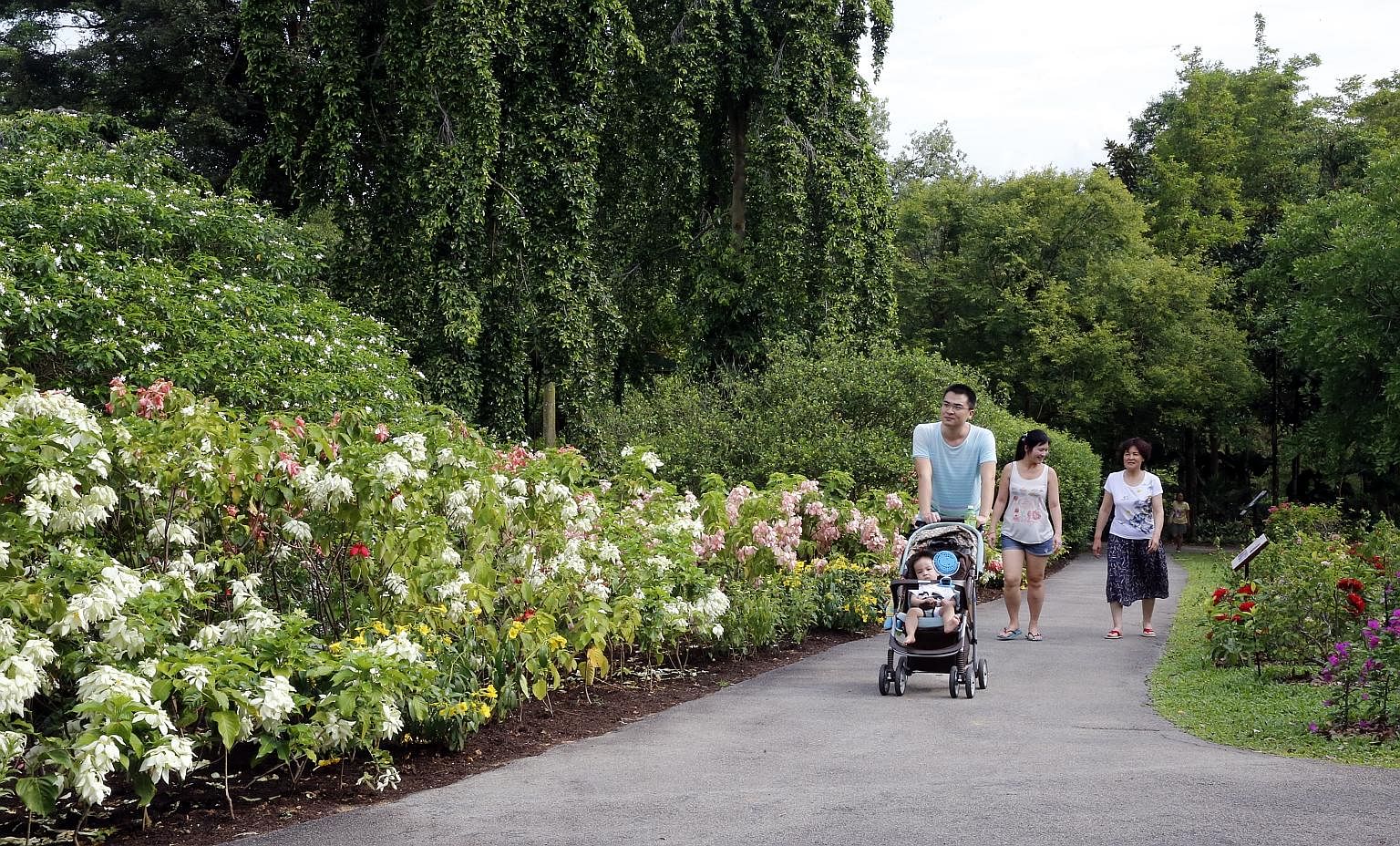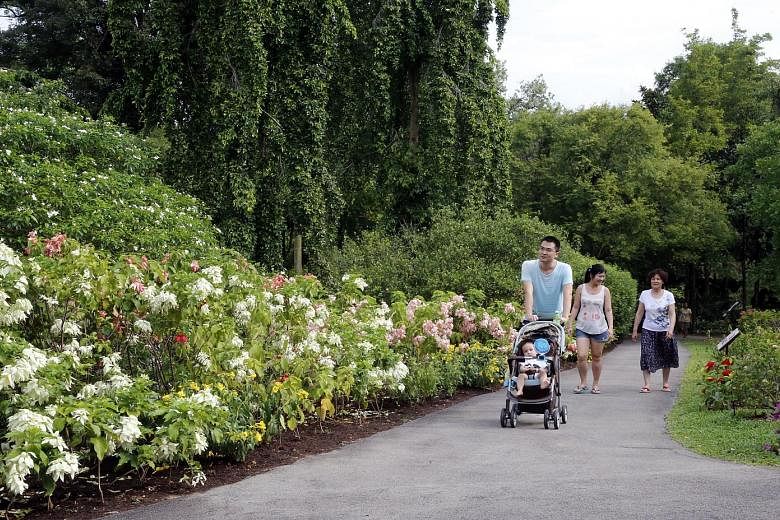From around 10 per cent a year in the 1960s and 1970s, our rate of economic growth dropped by almost half to around 5 per cent a year in the 2000s. The Government forecasts this year's growth rate to be less than 2 per cent. Clearly, the future will be challenging.
The Committee on the Future Economy is working hard on a plan for our future economic growth. It surely is hearing a lot about the Internet of Things, machine learning, robotics and 3D printing.
But we can also enhance productivity and increase growth more simply and more prosaically by refocusing on desired outcomes.
Let me present four suggestions, none of which involves any costly investments in technology, just a change of thinking.
Sick leave
Currently, people who seek medical leave from work must visit a registered medical practitioner to get a medical certificate, even if they need just one or two days to get over a cold. This practice consumes physicians' resources as well as patients' time and travel expenditure. Worse, it exposes people to cross infections from other sick people at the clinic.
Now consider people who run their own businesses. Do they require a medical certificate to take a few rest days? Surely not. Why can't we change our system of short-term medical leave to an honour system?

Let workers decide whether or not to take sick leave, subject to some administrative limits. We could apply the same to schools and possibly save parents and students time and effort, and improve health.
Landscaping
The greenery throughout our island distinguishes Singapore from many other cities, and helps to make our homeland very liveable. However, our Garden City depends on a small army of foreign workers to maintain trees, trim bushes, cut grass, and so on. All those trees, bushes and grass add up to a huge amount of maintenance work.
Rather than clear flat areas and slopes and plant them with grass, wouldn't it be equally green (indeed, ecologically more authentic) and much less costly to leave them to grow wild? National University of Singapore architecture professor Hwang Yun Hye has demonstrated that this works on campus.
If rolled out nationally, we could save thousands of man-hours of foreign labour.
Public lighting
Our nation seems overlit. Just cast a gaze on our buildings and streets at night. Excessive lighting not only consumes energy but also causes light pollution, spoiling the night environment and aggravating sleeplessness.
With changes in lighting technology and the cost of energy (including the hidden costs of climate change), have we reconsidered the norms for lighting of public corridors and streets? If not, we should. New norms should be based on scientific research into the effect of lighting on comfort, sleep, as well as accidents and crime.
Foreign workers
Singaporeans feel that the country is getting rather too crowded and worry that foreign workers are displacing locals. Partly in response, the Government has been tightening the employment of foreign workers. The Government sets so-called "Dependency Ratio Ceilings", which limit the number of foreign workers who may be employed as a multiple of local workers. The dependency ratio varies by industry, and is highest for the construction and process industries, and lowest for services.
Rather than the Government dictating dependency ratios for each industry, creating perpetual grousing by businesses for higher ratios, I suggest that we set a numerical limit on the total number of foreign workers. Let businesses bid for as many workers as they deem to need.
As a society, do we really care whether we get more foreign workers in construction or shipyards, or in casinos or kopi tiams? We care only about the total, with differentiation perhaps by their impact on civic resources.
The common thread through all of my four suggestions is to focus attention on the desired outcomes, and away from the particular way of achieving those outcomes. We want health, greenery, safety and social ease, not necessarily medical certificates, lawns, tightly spaced lights or dependency ratios.
•The writer is Distinguished Professor in the NUS Business School and Department of Economics at the National University of Singapore.

